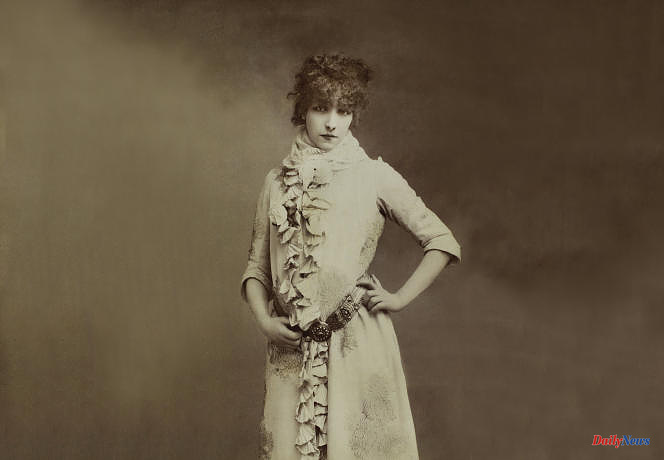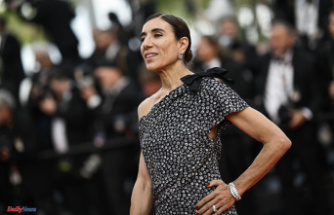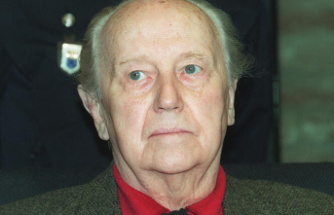" All the same ! The motto exists. It is by Sarah Bernhardt. Born between October 22 and 24, 1844 (her birth certificate disappeared in a fire), the tragic actress died on March 26, 1923. Some 400,000 people accompanied her to the Père-Lachaise cemetery in Paris. It is even said that, at the announcement of his death, the Parisian theaters lower their curtains in full performance.
Anecdotes of this nature, Sophie Jaubert's documentary is full of them. The life of the actress, her incendiary personality, her passions for young men, her support for hairy people during the Great War, her collection of reptiles, her facelift, the amputation of her leg: this incredible destiny would propel today " the Divine" in "one" of people magazines.
It is no coincidence that her slender silhouette occupied the posters of the Czech painter and decorator Alfons Mucha from head to toe at the end of the 19th century. Brilliant "influencer" (Alexis Michalik even speaks of "show woman"), Sarah Bernhardt invents visual communication. But she is not just a rowdy vamp going from audacity to scandal.
Hagiographic portrait
Praise abounds in this resolutely hagiographic portrait. Among them, that, moved, of his great-great-grandson, the director Sébastien Azzopardi. The unforgettable voice of the outstanding tragedienne remains, the quavering echo of which rises against a backdrop of black and white photos, archive images recounting the era and incarnations of the heroine by a young actress wrapped in a Hamiltonian blur.
Strange bias, because Sarah Bernhardt had, for her part, nothing vaporous. A feminist before her time, an avant-garde artist, she triumphed in 1872 in the play Ruy Blas. Victor Hugo celebrates his "golden voice" with wonder. Denis Podalydès still cannot believe the way she warms up her vocal cords, gaining strength as she declaims the verses.
Her agonies on stage forged her legend: "If she didn't die, she didn't play," recalls historian Pierre-André Hélène. From Phèdre to La Dame aux Camélias, she moves and amazes. She transcends genres when she dresses up as Napoleon in L'Aiglon, by Edmond Rostand.
The public acclaims this diva for whom "nothing is ever big enough", underlines the actress Géraldine Martineau. She embodies France when she takes her troupe to the United States, Australia and Canada. In Paris, she bought two theaters and ran them with an iron fist (La Renaissance, then the Théâtre des nations, which she renamed after herself).
His days and his nights merge with the boards. She gives herself to the theater. His playing borders on "devotion", enthuses Denis Podalydès. One hundred years after her death, Sarah Bernhardt has lost none of her brilliance. How could it be otherwise? She is no longer a woman. She is a symbol.












